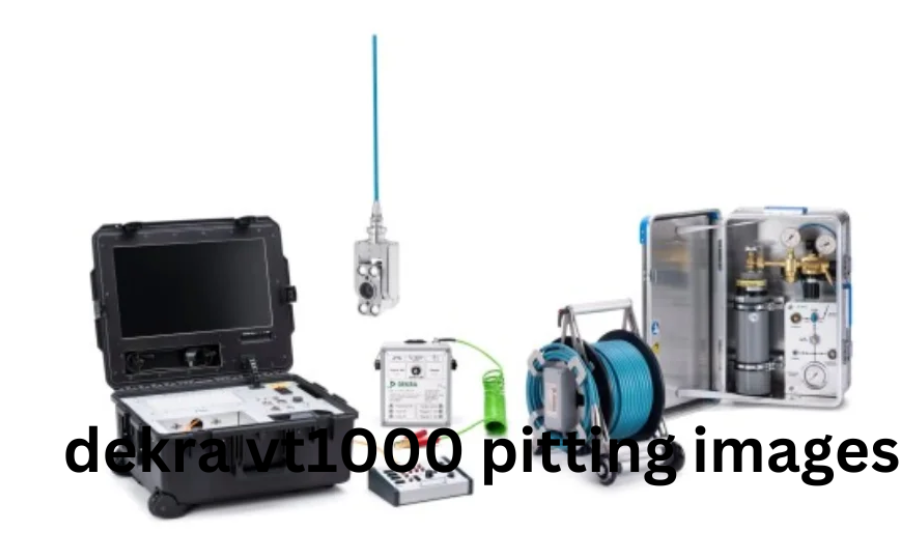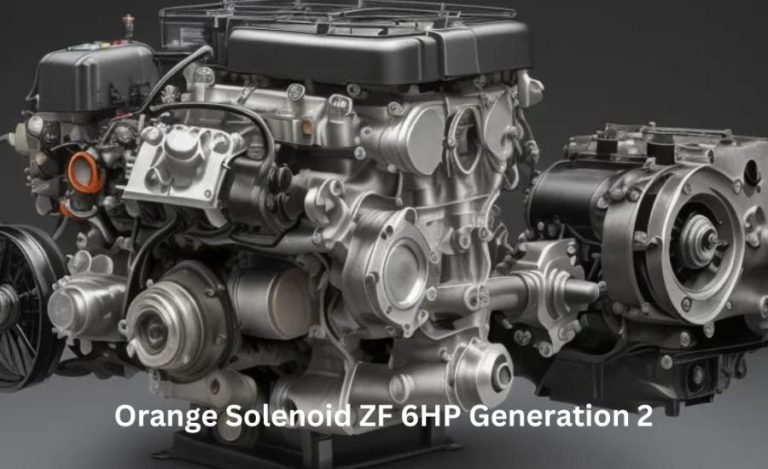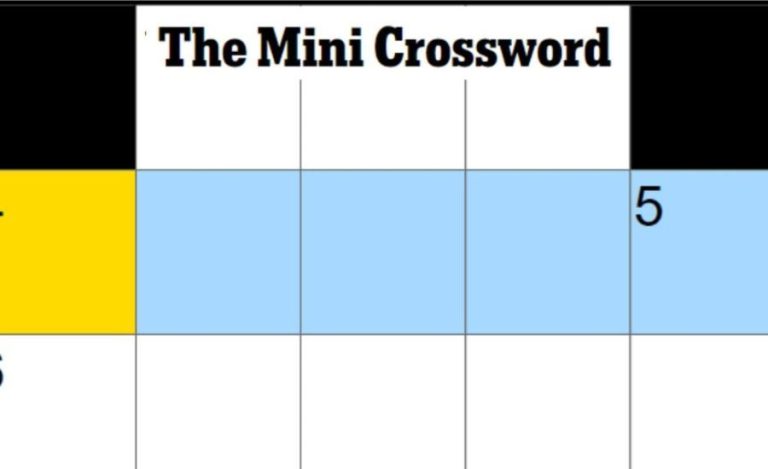Dekra Vt1000 Pitting Image Process, Inspections, Environments & More
Introduction
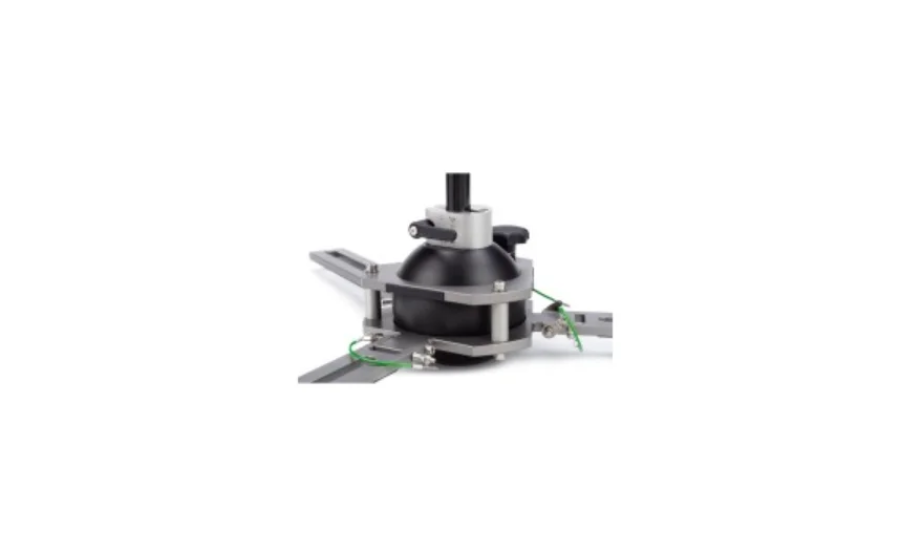
Are you curious about the significance of DEKRA VT1000 pitting images? You’re in the proper location. The DEKRA VT1000 provides insightful information on vehicle safety checks, whether you work in the automobile business, oversee a fleet, or are just curious. We’ll explore the DEKRA VT1000, the value of pitting photos, and their role in enhancing vehicle safety in this post. You’ll comprehend how this instrument operates and why it’s revolutionizing automobile inspections by the finish.
What is the DEKRA VT1000?
High-performance inspection equipment like the DEKRA VT1000 is used to assess the state of vital car elements like the tires, brakes, and other components. This technique, which was created by the world leader in safety and testing, DEKRA, uses pitting pictures to identify early indications of damage in order to detect wear and tear.
Small, crater-like holes or patterns that can appear on surfaces like tires or brake discs are referred to as pitting. If these flaws are ignored, they may have an impact on the safety and performance of the car. By using the DEKRA VT1000, professionals may detect these problems early on and perhaps save further, more serious harm.
Why Do Pitting Images Matter?
Pitting photos offer a close-up view of wear that could be missed on normal examinations. The DEKRA VT1000 shows early indicators of degradation on crucial parts by taking high-resolution pictures. Early detection of these faults can help avoid more serious difficulties like tire blowouts or brake failure.
Pitting photographs are crucial for drivers, technicians, and fleet management to comprehend the actual state of a vehicle. Early identification eventually improves vehicle safety and dependability on the road by enabling prompt repairs or replacements.
How the DEKRA VT1000 Captures Pitting Images
The DEKRA VT1000 takes incredibly detailed pictures with cutting edge technology. This is how the procedure operates:
Scanning: To find indications of deterioration, the VT1000 scans vital automotive parts including the tires and brakes.
Image Capture: Pitting, cracks, and other types of wear are shown by taking high-resolution pictures of the scanned regions.
Analysis: The tool examines these photos using advanced algorithms to find any spots that require repair.
Reporting: A thorough report that summarizes the results is produced and sent to fleet managers or technicians for their consideration and action.
The DEKRA VT1000 delivers quicker, more accurate results, lowers human error, and increases overall dependability by automating a large portion of the inspection process.
Applications Of The DEKRA VT1000
In sectors such as oil and gas, where productivity and safety are critical, the DEKRA VT1000 is a vital instrument for carrying out comprehensive examinations. Because of its 30x optical zoom and Full HD resolution, inspectors may closely check pipelines, structural elements, and equipment from a safe distance, guaranteeing their safety while doing evaluations.
Because of the high-definition imaging capacity of the DEKRA VT1000, inspectors may evaluate machines without physically being near dangerous regions. This is especially useful in situations when access is prohibited owing to safety procedures. This solution helps guarantee the safe functioning of equipment, lowers the risk of accidents, and decreases downtime by enabling remote inspections.
The DEKRA VT1000’s Pitting Image Capture Process
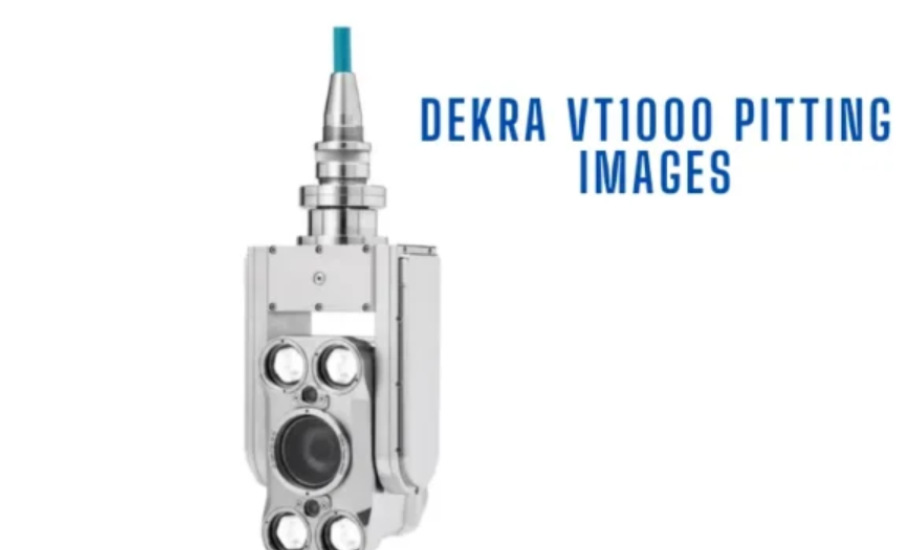
With the use of cutting-edge cameras and sensors, the DEKRA VT1000 comprehensively inspects car parts to provide high-resolution pictures that identify even the tiniest holes and fractures. Because of its superior accuracy over that of the human eye, problems may be identified early on. This is how the procedure operates:
Scanning: The VT1000 methodically checks vital automotive components like tires and brakes for wear or corrosion.
Image Capture: It takes precise pictures that make any pitting or surface degradation very evident.
Analysis: To determine which regions of these photos require improvement, sophisticated software analyzes them.
Reporting: A thorough report is produced, which makes it simple for management and technicians to assess the state of the car and determine what has to be fixed.
The Impact of Pitting Images Across Various Industries
Pitting pictures from the DEKRA VT1000 are essential for a number of important sectors. This is how they’re used:
Automotive: Corrosive conditions are encountered by metal components such as engine parts and brakes. Engineers can monitor these components and ensure vehicle safety by using the precise pictures provided by the DEKRA VT1000, which also helps to prevent breakdowns.
Aviation: Extreme climatic conditions have a great potential to cause corrosion on aircraft parts. Maintenance crews may save time and improve safety by taking precise pictures of important parts with the VT1000 instead of having to disassemble them.
Oil and Gas: The oil and gas industry’s storage tanks and pipelines are vulnerable to corrosion, which can result in leaks and environmental risks. Images from the DEKRA VT1000 offer useful information for keeping an eye on these assets, averting expensive damage, and guaranteeing safety.
industrial: Because industrial machinery frequently operates in harsh environments, it is susceptible to pitting. Manufacturers may avoid unplanned breakdowns and downtime by detecting corrosion early with the aid of routine inspections using the DEKRA VT1000.
Benefits of Using the DEKRA VT1000 for Pitting Images
Because of its sophisticated imaging technology, the DEKRA VT1000 provides a number of benefits for corrosion examinations. The following are some of the industries it helps:
High-Resolution Clarity: The instrument collects crisp, precise pictures that make visible even the tiniest indications of corrosion that could otherwise go unknown.
Early Detection: It aids in the early detection of corrosion, enabling prompt action to avert damage and equipment malfunctions.
Improved Accuracy: The VT1000’s crisp imaging makes evaluations more accurate, which improves maintenance planning.
Detailed Reports: It produces in-depth reports together with sharp photos to help with well-informed decision-making.
Efficiency and Reliability: The VT1000 delivers consistent and trustworthy results for every inspection procedure by fusing state-of-the-art technology with user-friendly features.
Common Causes of Pitting
Pitting on car parts can happen for a number of reasons:
Corrosion: Particularly on brake discs, moisture can induce rust to form on metal surfaces, which can result in pitting.
Elevated Temperatures: The extreme heat produced during braking has the potential to erode metal surfaces, increasing their vulnerability to pitting.
Debris: Tiny fragments of rock or dirt can become lodged in the spaces between brake discs or tires, resulting in abrasions that eventually cause pitting.
Age: Components are increasingly vulnerable to pitting as they age due to natural wear and tear over time.
By taking preventative action, vehicle component lifetime and safety may be increased by having a better understanding of these factors.
The Value of Pitting Images in Vehicle Inspections
Pitting photographs provide important information about vehicle damage that is otherwise invisible to the unaided eye. The DEKRA VT1000 is intended to take high-resolution pictures of vital parts, such as tires and brake discs, exposing minute wear and tear that can point to early-stage deterioration. This capacity is crucial for seeing possible concerns before they become more significant ones.
Preventing pitting is essential to preserving vehicle safety. Early detection of deterioration to tires or brake discs helps avert potentially fatal situations like tire blowouts or brake failure. These kinds of malfunctions present serious risks when driving, but they can be prevented in their early stages by employing the DEKRA VT1000, significantly increasing overall vehicle safety.
Pitting photos are an essential tool used by fleet management, drivers, and automotive specialists to correctly determine the state of a vehicle. These thorough illustrations give stakeholders a better understanding of the wear and tear cars sustain, enabling them to make well-informed decisions about replacements and repairs. Regular inspections with this technology integrated ensure that cars stay safe and in top operating condition.
Conclusively, the vehicle inspection procedure is revolutionized by the DEKRA VT1000’s capacity to acquire detailed pitting photos. It encourages improved maintenance practices and increases safety by making it easier to identify problems early. This cutting-edge instrument guarantees that possible issues are resolved quickly, extending the life and dependability of automobiles and promoting safer driving circumstances.
Advantages of Using the DEKRA VT1000 for Pitting Detection
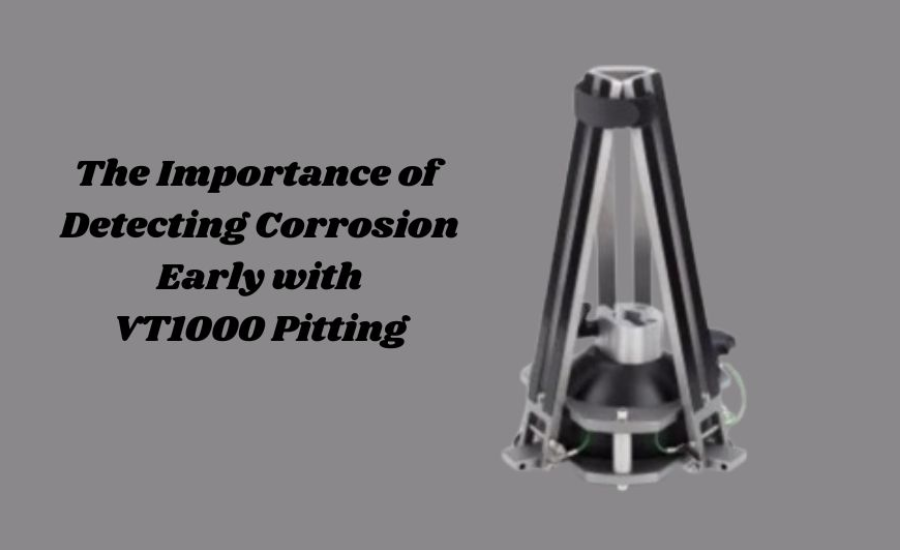
Enhancing Vehicle Safety
Because the DEKRA VT1000 can identify pitting early on, it improves vehicle safety. It assists in preventing potentially harmful failures by spotting possible problems with important parts like tires and brakes before they worsen. Early identification greatly lowers the chance of accidents and breakdowns by ensuring that cars stay safe and operate at their peak efficiency.
Cost-Efficient Repairs
One of the main benefits of the DEKRA VT1000 is its capacity to lower repair expenses. Early detection of wear and damage allows for prompt repairs or part replacements, which are frequently significantly less expensive than dealing with more serious issues later. By taking preventative measures, car parts last longer and require fewer expensive repairs.
Faster and More Efficient Inspections
More Rapid and Effective Inspections Compared with manual procedures, the DEKRA VT1000 produces results faster by streamlining the examination process. Because of its cutting-edge technology, inspections are completed quickly and accurately, reducing vehicle downtime and increasing overall operational effectiveness. For fleet managers and technicians who want to maintain cars in top condition without interfering with daily operations, this speed is essential.
Ensuring Regulatory Compliance
Making Certain Regulatory Compliance The DEKRA VT1000 is necessary for sectors that depend on big fleets to comply with safety requirements. It assists companies in adhering to stringent safety regulations by offering thorough and accurate inspections, lowering the possibility of fines and enhancing operational dependability.
Proactive Maintenance to Reduce Pitting Risk
It takes a proactive approach to vehicle maintenance to lower the danger of pitting. Finding early indications of pitting before they become more serious problems requires routine examinations. This procedure is improved by using cutting-edge equipment like the DEKRA VT1000, which offers crisp, comprehensive photographs of car components and enables the early identification of possible issues. Timely resolution of these problems can help avert more costly repairs and stop more harm.
Keeping Vehicle Parts Clean and Dry
Preventing pitting in car components requires regular maintenance to keep them dry and clean. Pitting can occur as a result of small particles, like rocks and dirt, wearing down essential elements over time. Frequent cleaning aids in the removal of these particles, lessening the effect they have on component integrity. Moreover, maintaining dry parts minimizes moisture-induced corrosion, which frequently results in pitting on metal surfaces such as brake discs.
Investing in Quality Parts
Another efficient technique to lower the likelihood of pitting is to use high-quality car parts. Superior parts usually have a longer lifespan than inferior ones due to their increased resistance to wear and environmental damage. Purchasing high-quality upgrades and replacements increases a car’s overall performance and durability, which is crucial for fleet management since dependability is a top concern.
Protecting Against Corrosive Environments
Extending the life of vehicle components also requires limiting exposure to corrosive conditions. Industrial chemicals and road salt are examples of corrosive materials that can hasten many forms of deterioration, including pitting. Applying coatings or reducing exposure to these factors are examples of preventative procedures that assist in preserving essential parts and guarantee the long-term performance and safety of your fleet.
Causes of Pitting in Vehicle Parts
Corrosion: In humid climates or areas where road salt is often applied, brake discs are particularly susceptible to corrosion. Over time, this corrosion may progressively cause pitting.
Heat: Excessive heat, which is frequently produced by hard or repeated braking, can erode metal surfaces and eventually result in pitting.
Debris: Particularly on tires, small pebbles, dirt, or other particles can get caught between moving parts and cause damage and pitting.
Wear and Age: Components naturally deteriorate with age and repeated usage, which increases their vulnerability to pitting.
Facts:
- DEKRA VT1000 is a high-tech inspection tool used to assess tires, brakes, and other vehicle components.
- Pitting images help identify early signs of damage, preventing serious vehicle malfunctions like tire blowouts or brake failures.
- The tool automates scanning, image capturing, and analysis, making inspections faster and more accurate.
- The DEKRA VT1000 has applications in various industries, including automotive, aviation, oil and gas, and industrial machinery.
- Regular maintenance and use of high-quality vehicle parts can reduce the likelihood of pitting.
- Pitting is often caused by corrosion, excessive heat, debris, and wear and tear over time.
Summary:
This article introduces the DEKRA VT1000, a high-performance inspection tool designed to assess critical vehicle components like tires, brakes, and other parts. Developed by DEKRA, a global leader in safety and testing, the VT1000 captures pitting images—high-resolution pictures that reveal early signs of wear and tear, such as small craters or holes in metal surfaces. The article outlines how the DEKRA VT1000 functions, the importance of pitting images in enhancing vehicle safety, and its applications across various industries, such as automotive, aviation, oil and gas, and industrial machinery.
Pitting images provide close-up views of wear and corrosion that can be easily missed in regular inspections. Early detection of damage prevents more severe issues like tire blowouts or brake failures, ensuring vehicles remain safe and reliable. The VT1000 automates much of the inspection process by scanning key components, capturing high-resolution images, analyzing them using advanced algorithms, and generating detailed reports. This leads to faster, more accurate inspections, reducing downtime and repair costs.
The article also explores proactive maintenance strategies to reduce pitting risks, such as keeping vehicle parts clean and dry, investing in quality components, and protecting vehicles from corrosive environments. By addressing the common causes of pitting—corrosion, heat, debris, wear, and age—the DEKRA VT1000 ensures vehicles stay in optimal condition, enhancing safety and reducing long-term operational costs.
FAQs:
- What is the DEKRA VT1000? The DEKRA VT1000 is a high-performance inspection tool that captures high-resolution pitting images of critical vehicle components like tires and brakes to detect early signs of wear and tear.
- What are pitting images? Pitting images are high-resolution pictures that show small craters, holes, or surface damage, usually on metal parts such as brake discs or tires.
- Why are pitting images important for vehicle safety? Pitting images reveal early damage that might not be visible during regular inspections, allowing for timely repairs and preventing serious issues like brake failures or tire blowouts.
- How does the DEKRA VT1000 capture and analyze pitting images? The DEKRA VT1000 scans key vehicle components, captures high-resolution images, analyzes them with advanced algorithms, and produces detailed reports highlighting areas that require attention.
- In which industries is the DEKRA VT1000 used? The DEKRA VT1000 is used in industries like automotive, aviation, oil and gas, and industrial machinery, where detecting early signs of wear and tear is critical for safety and efficiency.
- What are the common causes of pitting? Pitting can be caused by corrosion (especially in humid environments or where road salt is used), excessive heat from braking, debris like small rocks, and natural wear over time.
- How can I reduce the risk of pitting in vehicle components? Regular cleaning, using high-quality parts, and protecting vehicles from corrosive environments are effective strategies to reduce pitting risks.
- What are the benefits of using the DEKRA VT1000? The DEKRA VT1000 offers high-resolution clarity, early detection of damage, improved inspection accuracy, and detailed reports, making it a cost-effective and efficient tool for vehicle maintenance.
For more Information About Blog visit Trend Addictor .com

